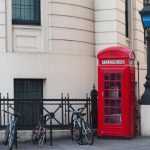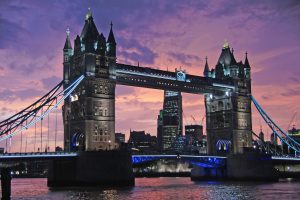In the early twentieth century, the White City Stadium was one of the most impressive sports venues in the world. Though it no longer exists today, this London landmark left an indelible mark on sporting history.
The stadium played host to some of the most memorable moments in Olympic history, motorsport, and athletics. Despite being demolished in 1985, its legacy continues to inspire sports fans and historians around the globe.
The origin of the stadium name
The story behind “White City” is interesting: the stadium was built as part of the Franco-British Exhibition of 1908, a massive celebration designed to showcase the friendship and shared interests between Britain and France. The exhibition transformed a large area of West London into a spectacular area featuring dozens of buildings painted white. These structures created a striking visual landscape that seemed almost out of this world to visitors of the era. When the stadium was erected within these grounds, it inherited the nickname that had become synonymous with the entire exhibition.
The location of the White City Stadium
The White City Stadium stood in Shepherd’s Bush, an area in West London that has undergone dramatic transformation over the past century. The original exhibition grounds covered approximately 140 acres and were filled with pavilions, gardens, restaurants, and entertainment venues. Visitors could spend entire days exploring the various attractions. Today, the location is occupied by the BBC Television Centre and modern office buildings, but back then, it was considered the best destination in London for anyone seeking entertainment.
Venue for the 1908 Olympics in London
The White City Stadium achieved worldwide fame as the host venue for the 1908 Summer Olympic Games. At the time, hosting the Olympics was an huge honor and responsibility. The stadium was specifically designed and built to accommodate the competition, and it showcased cutting-edge sports architecture for its time.
The facility featured a 536-yard running track, an innovative swimming pool called the Serpentine, and separate cycling tracks. With a capacity of around 66,000 spectators, it was an architecture that demonstrated London’s commitment to hosting a world-class sporting event.
The 1908 Games attracted nearly 2,100 athletes representing 22 different nations—an impressive international gathering for that era. One event from those Olympic Games deserves special mention: the marathon. The race began at the world famous Windsor Castle and finished at the White City Stadium, covering a distance of 26 miles and 385 yards (42.195 kilometers).
More than just an Olympic venue
While the 1908 Olympics were the stadium’s most famous moment, the White City remained an important sports venue for many decades. Top athletes from around the world came to compete in track and field events at the stadium. International athletics meetings regularly took place there. During the 1920s and 1930s, the stadium found new life as a speedway racing venue. Speedway is an exhilarating motorcycle sport where four riders race around a dirt oval track at high speeds, often mere inches apart from one another. Race nights at the stadium drew massive crowds of enthusiastic fans.
The greyhound racing era
From 1927 onwards, greyhound racing became a major attraction at the White City. This sport involves dogs chasing a mechanical lure around an oval track in high-speed competition. Greyhound racing was incredibly popular in Britain during the mid-twentieth century, attracting people from all walks of life. The combination of thrilling races, social atmosphere, and betting opportunities made greyhound racing events at the White City hugely successful. The venue became synonymous with the sport in London, and it remained a popular destination for decades.
Soccer comes to White City Stadium
Beyond track events, motorsports and greyhound racing, the White City Stadium also became home to Queens Park Rangers (QPR), one of London’s professional soccer clubs. Queens Park Rangers played at the White City Stadium for two separate periods: from 1931 to 1933, and again during the 1962–63 season. The club was hoping to attract larger crowds to the prestigious Olympic venue compared to their primary home at Loftus Road. However, the move proved financially unsuccessful during the first spell, with the club incurring significant losses and returning to Loftus Road. The second attempt in the early 1960s similarly failed to generate enough support, and QPR moved back to their traditional home for good.
The White Stadium’s final chapter
Times change, and sports venues must eventually make way for new developments. As newer stadiums were constructed and urban development continued, the White City gradually became less central to London’s sporting landscape. By the 1980s, the decision was made to demolish the historic site. The stadium was torn down in 1985, bringing to an end approximately 77 years of sporting history and memorable moments.














